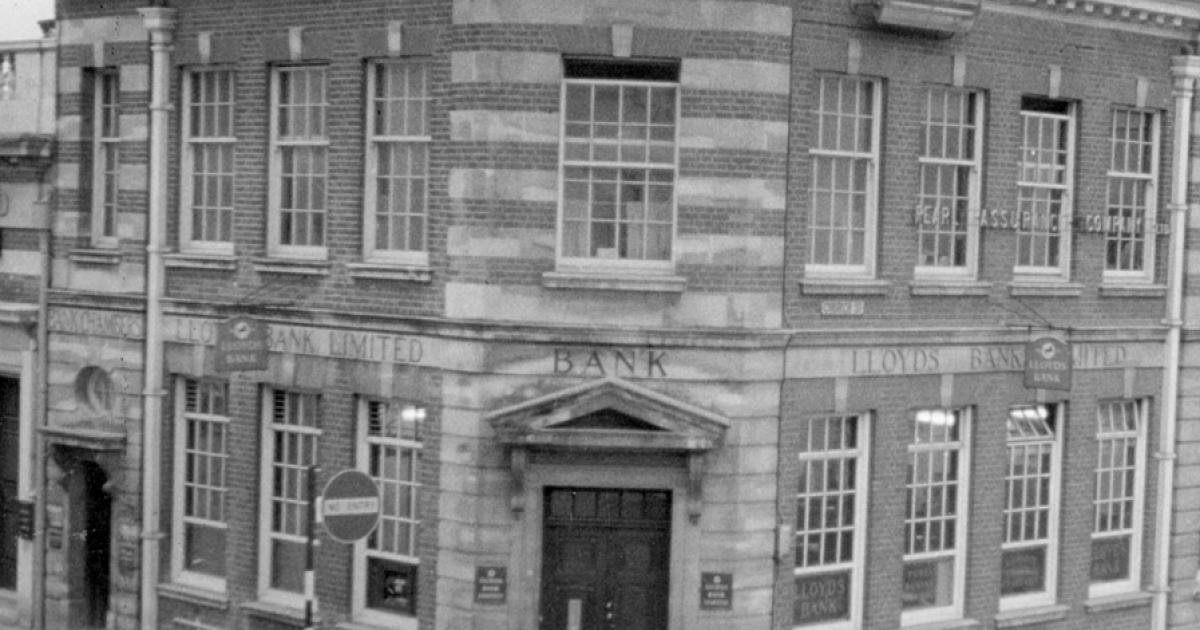Money was an essential part of life for people all over the world, and each country had its own currency including the very smallest ones. England relied for centuries on the pound, shilling and pence system. The pound consisted of 240 pennies, and not 100 as it is today. Decimalisation in 1971 was to change all that.
The first mention of money as we know it today was by Homer, the writer, when he spoke of brass money in 1184BC, but the invention of coins is believed to be by the Lydians some years afterwards, whose money was of gold and silver.

When the Romans invaded Britain in 55BC, they brought with them some of their coins, which have been found in excavations in the past 100 years. It was Julius Caesar who started the tradition of having a portrait of the country’s leader on one side of the coins.
The pound sign came from “librae”; the shilling sign from “solidi”; and the pence sign from “denari”, these all being Roman terms.
Coins with the English monarch’s head on them first appeared in 1504, when Henry Tudor was placed on the coins of that time.
Over the following years there were an assortment of coins produced of different values.
The crown, valued at five shillings, was discontinued in Victorian times; the groat, which was fourpence, was discontinued in 1855; the guinea, 21 shillings, ended in 1813; and a two-penny piece, a very large coin and nicknamed the “cartwheel”, existed between 1797 and 1799.
In the 17th century, when the monetary system was in turmoil due to the Civil War, many tradesmen made their own money, known as tokens. In the Basingstoke area some 13 tokens of different designs were distributed by local businessmen.
One such person was Barnard Reve, who was warden of the Holy Ghost Guild in 1645 and 1653, and was proprietor of the Angel Inn in the Market Place.
The tokens were of the value of half a penny and had the name and occupation of the person issuing it.
The distribution of money in this country is carried out by the Bank of England, but until the 16th century, people kept their money locked up in their homes.
Then, in the mid-1500s, goldsmiths arrived in London from Lombardy, in north Italy, to set up business. Soon rich people realised that these newcomers were respectable and they began to hand over their money to the goldsmiths for safe keeping. In return, these “customers” received a receipt.
Withdrawals were carried out in a formal manner as well.
Other businessmen opened up banks over the years, but a few were of a private nature and not so efficient. So, in 1694, the Bank of England was established to keep control over the banking system of the country.

Within a few years of the Royal Mint moving to Wales, they received notification that the currency was to be changed to decimalisation, although the idea had been talked about for years beforehand.
The new system was established on February 15, 1971, but both old and new currency were in circulation for some time over a transitional period to allow the public to become use to it.
Various new coins were introduced and old ones, such as the sixpence and two-shilling piece, were discontinued. Six new coins were minted, these being the half-pence, one pence, two pence, five pence, 10 pence and 50 pence.
Later on the 20 pence, and one pound coins were issued.
The 50p and £1 coins replaced bank notes of 10 shillings and one pound and, in 1982, a 20p coin was also issued to ease the pressure on the smaller value coins.
A similar problem of too many coins being used and adding to pockets or purses, took place in the 1930s.
In 1934, the public were finding that the bronze coins of one penny and half-penny were proving heavy to carry, so the Royal Mint produced a three-penny piece.
Until then, coinage being handed into the banks by the London Transport Board every day consisted of 40 tons, with 30 tons in weight of bronze.
In 1937, when the new threepenny pieces were distributed, after 30 million were made, within a year most of them had disappeared! It was presumed that they were being kept as curiosities.
This article was written by Robert Brown and first published in February 2005.





